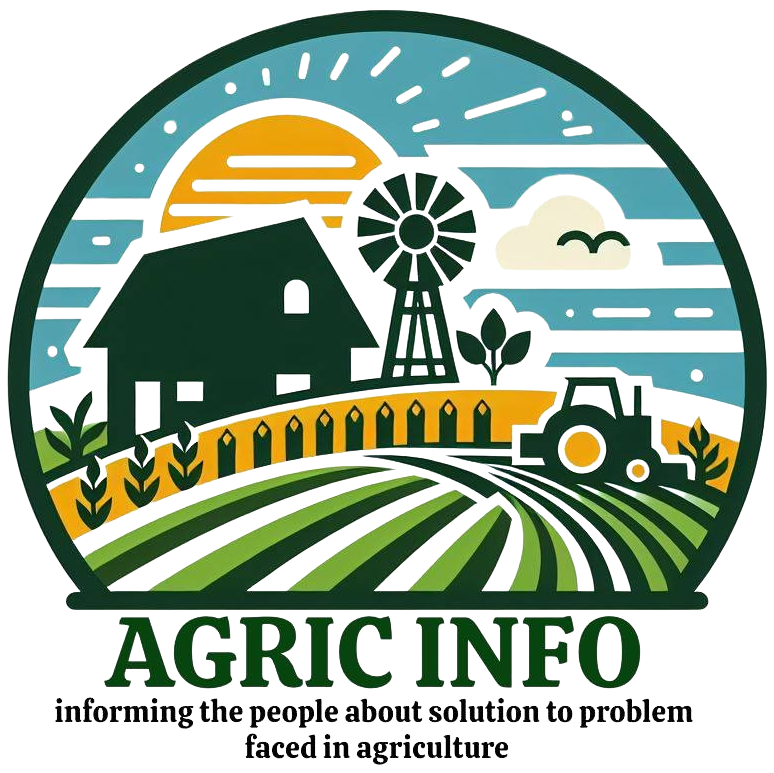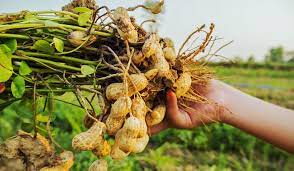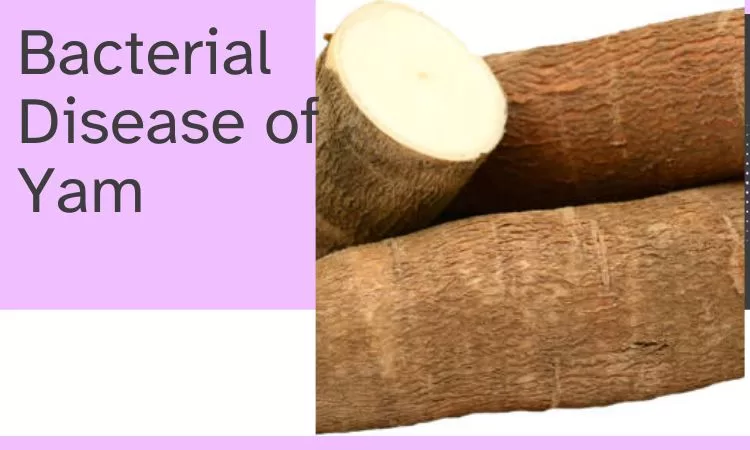Rice Diseases and their Control
Rice is one of the most important staple crops in the world. It provides food for billions of people in families and also serves as a means of entertainment. Every event, be it ceremonial or funeral programs, rice will always be served to the invitees. It can also be processed to produce canned meals. However, rice plants are susceptible to various diseases that can significantly reduce yield and quality.
Since rice is a staple food, it is open to various diseases that can lead to significant losses in crop yield. As a rice farmer or enthusiast, it is essential to be aware of these diseases and their control to take proactive measures to prevent and manage them.
In order to ensure a healthy and productive rice crop, ensure you understand and effectively control these diseases. In this article, we will explore some common rice diseases and discuss strategies for their control. Keep scrolling down the article for more information.
What is Rice Disease?
Rice disease is a wide range of fungal, bacterial, and viral infections that can afflict plants at any stage of growth. While genetic resistance and proper crop management practices can minimize the incidence and severity of diseases, it is essential to monitor plants closely for early signs of infection.
By understanding the symptoms associated with rice diseases, farmers, gardeners, and agronomists can take timely action to prevent widespread outbreaks and subsequent crop losses.
Which Disease attacks Rice and its control?
Below are some of the most common diseases that attack rice crops and the strategies to control them effectively.
- Rice Blast
- Sheath Blight
- Bacterial Leaf Blight
- Brown Spot
Rice Blast
Rice Blast, otherwise called the silent destroyer, is caused by the fungus Magnaporthe oryzae and is one of the most destructive diseases affecting rice crops worldwide. This relentless disease can result in yield losses of up to 30%, and in severe cases, entire fields can be decimated. The fungus primarily attacks the leaves, stems, panicles, and even the rachis of the rice plant.
To identify Rice Blast, look for small, diamond-shaped lesions on the leaves, which eventually turn into large, irregular-shaped spots. As the disease progresses, the lesions develop gray centers with brown borders, resembling blast sites on battlefields. Spores can be easily spread by wind, water, and even farm practices, exacerbating the epidemic.
How to fight against Rice Blast?
To fight against Rice blast, consult with local agricultural extension services or agricultural experts to identify the most suitable varieties for your region.
- Practice Crop Rotation. Rotate rice crops with non-host crops to reduce the buildup of the pathogen in the soil.
- Timely Application of Fungicides: If the disease is already present, apply appropriate fungicides at the recommended time and rate to prevent further spread.
- Clear Debris: Remove and destroy infected plant debris after harvest to eliminate potential sources of contamination.
Sheath Blight
The Silent Assassin
Sheath Blight, sometimes referred to as the silent assassin, caused by the fungus Rhizoctonia solani, is another notorious disease that poses a significant threat to rice production. This disease affects the leaf sheaths, causing extensive lesions and eventual rotting. Sheath Blight often attacks the lower portion of the rice plant, leading to reduced productivity and poor grain quality.
Early symptoms of Sheath Blight include white, water-soaked lesions that later turn brown. The lesions can expand rapidly, girdling the leaf sheaths and causing them to wither and die. Warm and humid weather conditions favor the development and spread of this disease.
Also Read:Pests of Maize and their Control
How to control Sheath Blight effectively?
To control sheath blight, do the following:
- Plant Resistant Varieties: Choose rice varieties that have shown resistance against Sheath Blight. Resistant varieties can significantly reduce the severity and impact of the disease.
- Proper Spacing: Maintain adequate spacing between rice plants to allow better air circulation, reducing humidity levels and minimizing disease development.
- Avoid Excessive Nitrogen Application: While nitrogen is essential for rice growth, excessive nitrogen fertilization promotes lush plant growth. This creates an ideal environment for Sheath Blight—balanced fertilizer application to avoid nitrogen overload.
- Timely Irrigation: Ensure proper irrigation practices, aiming for a consistent moisture level. Avoid overwatering, as it can create a conducive environment for fungal growth.
Bacterial Leaf Blight
Bacterial Leaf Blight, caused by the bacterium Xanthomonas oryzae, is a challenging disease to control and manage. It is also called the agronomic Nightmare. It primarily affects the leaves of rice plants, causing elongated water-soaked lesions that turn yellow and eventually brown.
Bacterial Leaf Blight can lead to significant yield losses if left unchecked. The disease spreads through rain splashes, irrigation water, or infected seeds. Warm and moist conditions accelerate its progression, making it a significant concern in many rice-growing regions.
What are the strategies to control Bacterial Leaf Blight?
The following should be done to control bacterial Leaf Blight:
- Plant Resistant Varieties: Utilize rice varieties with resistance to Bacterial Leaf Blight. These varieties possess specific genes that confer resistance to the pathogen, reducing disease severity.
- Seed Treatment: Dip rice seeds in a hot water bath at around 52°C (125.6°F) for 10-15 minutes to eliminate potential infection sources.
- Sterilize Tools and Equipment: Ensure the sterilization of equipment used during farm operations to prevent the transmission of the bacterium.
- Crop Rotation and Field Sanitation: Rotate rice crops with non-host crops and remove and destroy infected plant debris to minimize disease carryover from season to season.
Brown Spot
Brown spot, caused by the fungus Bipolaris oryzae, manifests as small, circular to oval lesions with dark brown centers and yellow halos. These lesions primarily occur on leaves, but they can also appear on leaf sheaths, panicles, and even stems.
Severe infections can lead to leaf chlorosis and premature senescence, negatively impacting rice yield. Proper field sanitation, fungicides, and resistant cultivars can help control brown spots.
How can farmers identify and diagnose rice diseases?
Early identification and accurate diagnosis of rice diseases are crucial for timely management. Here are some methods farmers can use to identify and diagnose rice diseases:
1. Visual Symptoms
Carefully observe the plants for any visible symptoms, such as lesions, discoloration, or wilting. Note the location, shape, and color of the symptoms, as they can provide valuable clues for diagnosis.
2. Laboratory Testing
If visual symptoms are unclear or inconclusive, it is advisable to send samples to a laboratory for pathogen identification. This can involve techniques like microscopy, DNA analysis, or culturing the pathogen on specific media.
3. Consultation with Experts
When in doubt, seeking advice from agricultural experts, plant pathologists, or extension officers can be immensely helpful. They can provide accurate diagnoses and recommend appropriate control measures based on their expertise and experience.
The Control of Rice Diseases
If you want to control rice diseases, check below.
1. Cultural Practices
Implementing proper cultural practices is essential for managing rice diseases. These practices include crop rotation, adequate field drainage, balanced fertilization, and timely irrigation.
Crop rotation helps break disease cycles by interrupting the growth and reproduction of pathogens. Maintaining optimal field drainage and irrigation reduces the buildup of pathogenic organisms.
2. Resistant Varieties
Planting resistant rice varieties is an effective strategy for disease control. Breeders have developed numerous types that are resistant to specific diseases, such as bacterial leaf blight and blast. By selecting and planting resistant varieties, farmers can minimize the impact of conditions on their crops and reduce the need for chemical control methods.
3. Fungicide Applications
In cases where disease pressure is high, fungicide applications may be necessary to control rice diseases. Fungicides can effectively inhibit the growth and spread of fungal pathogens. However, it is essential to follow label instructions and observe proper application timings for optimal efficacy. Additionally, rotating fungicides with different modes of action can help prevent the development of fungicide resistance.
Integrated Pest Management
Integrated Pest Management (IPM) approaches can help achieve sustainable disease control in rice. IPM combines various control measures, including cultural practices, resistant varieties, and targeted pesticide applications. By using multiple tactics, farmers can reduce reliance on chemical inputs and minimize negative environmental impacts.
wrap up
Rice diseases, such as Rice Blast, Sheath Blight, and Bacterial Leaf Blight, can wreak havoc on rice crops, leading to considerable yield losses. However, by implementing preventive measures and employing appropriate management strategies, farmers can minimize the impact of these diseases.
Choosing resistant varieties, practicing crop rotation, and implementing sound cultural practices are crucial to ensuring a healthy and productive rice harvest.
Remember, vigilance, proactive management, and timely action are crucial to protecting your rice crop from diseases that threaten its growth and prosperity.
By staying informed and continuously adapting best practices, farmers can safeguard their rice fields from the silent intruders who seek to damage their harvest.







